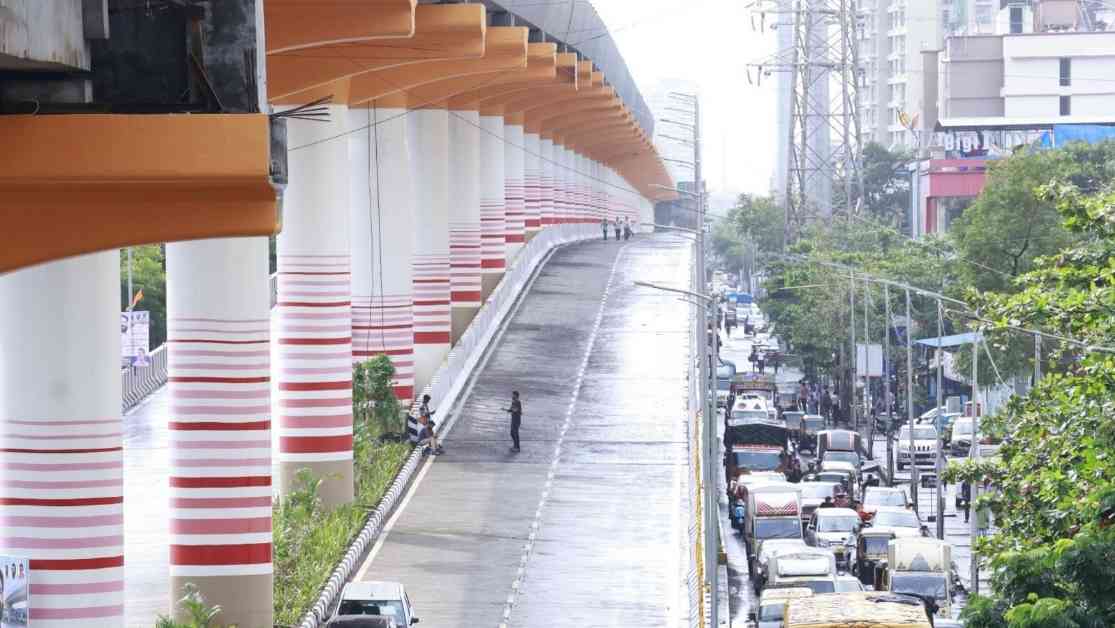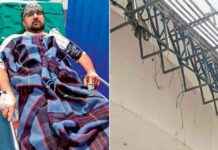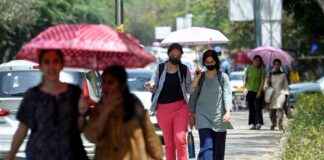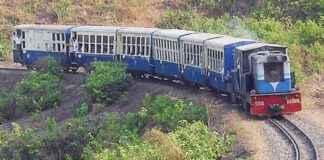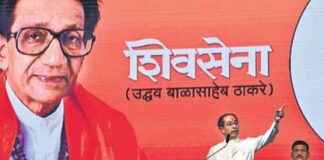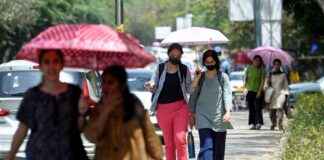Mumbai Unveils Innovative Double-Decker Flyover with Metro Integration
In a groundbreaking move to address Mumbai’s traffic congestion, the city has unveiled its first double-decker flyover, integrating both road and metro infrastructure. The project, spearheaded by the Mumbai Metropolitan Region Development Authority (MMRDA), features a unique design where the Metro-9 line runs above the road on the lower deck, stretching approximately 1 kilometer in length and elevated 5.5 meters above the current road level. The inauguration of this innovative structure marks a significant milestone in Mumbai’s transportation landscape.
State-of-the-Art Infrastructure to Ease Traffic Woes
The newly opened double-decker flyover is expected to bring substantial relief to commuters navigating through Pleasant Park, Hatkesh, and Silver Park Junctions in Mira Road. These junctions currently witness the passage of 800 vehicles per hour, leading to congestion and delays for motorists. Sanjay Mukherjee, metropolitan commissioner of MMRDA, emphasized the importance of this infrastructure project, stating, “Given the space constraints in Mumbai and its suburbs, this flyover was designed to integrate with metro pillars. Now, you will see the metro operating on the upper level while vehicles commute on the flyover below, with road-level traffic flowing smoothly.”
Enhancing Commuter Experience and Urban Development
The integration of road and metro infrastructure into a single structure not only eases traffic congestion but also offers commuters a faster, safer, and more convenient travel experience. With the double-decker flyover connecting to the Dahisar checknaka, a notorious bottleneck for motorists, travel time is expected to reduce by 8 to 10 minutes, facilitating smoother vehicle flow. Additionally, the innovative design facilitates easy transfer between different modes of transport, enhancing the city’s aesthetics, and allowing for future expansion to meet the growing urban needs and traffic demands.
The project’s successful completion within two years was made possible through the use of advanced construction technologies. The I-girder precast elements technology, employed for the flyover pier cap, expedited the construction process, ensuring minimal disruption to traffic flow. Furthermore, the utilization of the ‘Tyre Straddle Carrier’ technology for erecting U-girders during daylight hours allowed for efficient project implementation while minimizing environmental impact.
Overcoming Construction Challenges for Urban Progress
One of the major challenges faced during the construction of the double-decker flyover was the presence of the double circuit Dahanu-Versova power line. To ensure the functionality of the Metro, the double-circuit power line was elevated to 75 meters above ground level, making it the second tallest in Maharashtra. This strategic move not only enabled the smooth operation of the Metro but also showcased the innovative solutions adopted to overcome obstacles in urban infrastructure development.
The integration of the double-decker flyover with the Metro-9 line represents a paradigm shift in urban transportation planning, setting a new standard for efficiency and sustainability. By combining road and metro infrastructure within a single structure, Mumbai has demonstrated its commitment to enhancing commuter experience, reducing traffic congestion, and supporting future urban development initiatives. The successful completion of this project serves as a testament to the city’s ability to innovate and adapt to meet the evolving needs of its residents.
